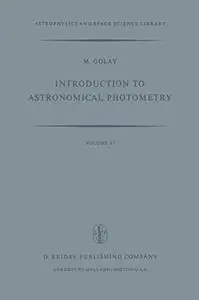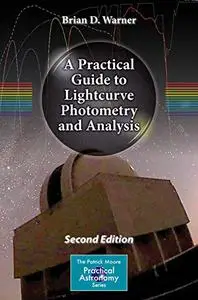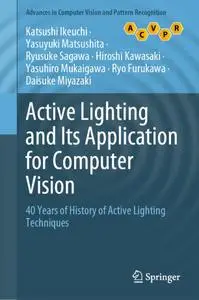Introduction to Astronomical Photometry by M. Golay
English | PDF | 1974 | 376 Pages | ISBN : 9027704287 | 30.1 MB
The material given in this 'Introduction to astronomical photometry' is the subject matter of a lecture at the University of Geneva. It is, therefore, intended for those students, physicists or mathematicians, who have completed their bachelor's degree or diploma, and are intending to work for their Ph.D. in astronomy. We assume then the elementary ideas of astrophysics, magnitude, colour index, spectral classes, luminosity classes, gradient, atmospheric extinction are already known. The student may find it useful to re-read the work of Schatzman [1], Dufay [2] and Aller [254] before embarking upon the study of this 'Introduction to astronomical photometry'. It is not our aim in this book to deal with every aspect of stellar photometry.




